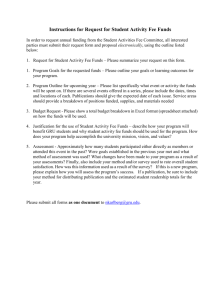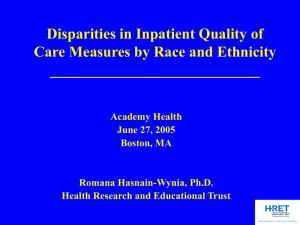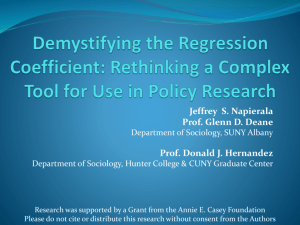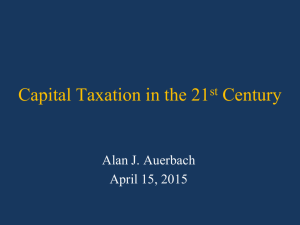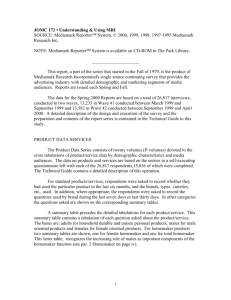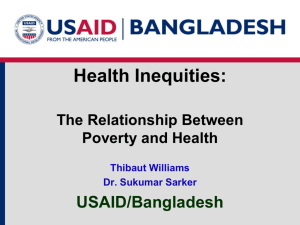NATIONAL ASSEMBLY
advertisement
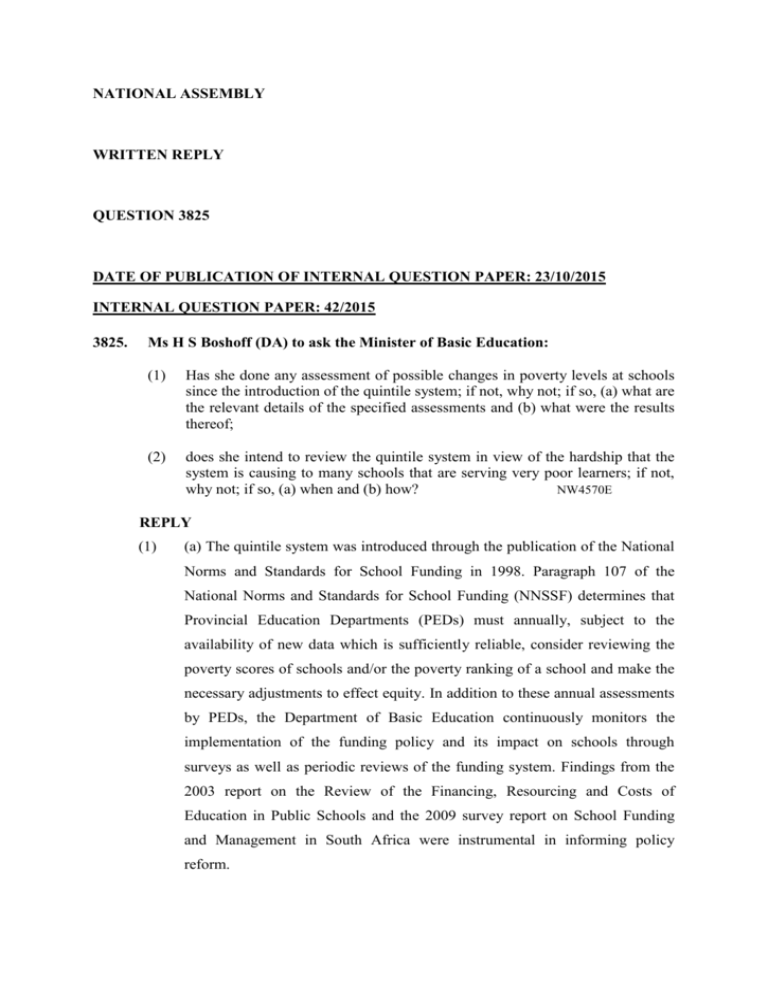
NATIONAL ASSEMBLY WRITTEN REPLY QUESTION 3825 DATE OF PUBLICATION OF INTERNAL QUESTION PAPER: 23/10/2015 INTERNAL QUESTION PAPER: 42/2015 3825. Ms H S Boshoff (DA) to ask the Minister of Basic Education: (1) Has she done any assessment of possible changes in poverty levels at schools since the introduction of the quintile system; if not, why not; if so, (a) what are the relevant details of the specified assessments and (b) what were the results thereof; (2) does she intend to review the quintile system in view of the hardship that the system is causing to many schools that are serving very poor learners; if not, why not; if so, (a) when and (b) how? NW4570E REPLY (1) (a) The quintile system was introduced through the publication of the National Norms and Standards for School Funding in 1998. Paragraph 107 of the National Norms and Standards for School Funding (NNSSF) determines that Provincial Education Departments (PEDs) must annually, subject to the availability of new data which is sufficiently reliable, consider reviewing the poverty scores of schools and/or the poverty ranking of a school and make the necessary adjustments to effect equity. In addition to these annual assessments by PEDs, the Department of Basic Education continuously monitors the implementation of the funding policy and its impact on schools through surveys as well as periodic reviews of the funding system. Findings from the 2003 report on the Review of the Financing, Resourcing and Costs of Education in Public Schools and the 2009 survey report on School Funding and Management in South Africa were instrumental in informing policy reform. (b) Assessment of poverty levels in schools at both provincial and national levels had the following results, amongst others: No fee schools were introduced in 2007 (quintiles 1 and 2) and were expanded to include school in quintile 3 from 2010; The number of learners accommodated in no fee schools increased by more than 70% from approximately 5.2 million learners in 2007 to about 9.2 learners in 2015; between 2010 and 2015 more than 1 000 schools nationally were reclassified into quintiles 1-3 from quintiles 4 and 5; allocations to no fee schools were equalized at the level of quintile 1 as from 2010; some Provincial Education Departments are also providing allocations above the national targets to certain schools in quintiles 4 and 5. (2) (a) The Department is currently in the process of reviewing the use of the quintile system as it relates to the school allocation. (b) The following have been proposed to happen in order to de-link a school’s allocation from its quintile ranking and distinguish between only two broad categories of schools i.e. no fee schools and fee paying schools on which to determine the structure and level of the school allocation: (i) Progressively equalise the school allocation for all existing no fee schools (Q 1-3); (ii) The voluntary reclassification of certain Quintile 4 and 5 schools as no fee schools; and (iii) The introduction of an alternative, fee-based, funding system for determining the level of the school allocation to fee paying schools. (Equalization of the school allocation to no fee schools, as per 2(b) (i) above, has already been implemented. In terms of 2(b) (ii) above, up to now, no additional funding could be secured. Some provinces are, however, to a limited degree and from their existing budgets, offering choices to selected schools in quintiles 4 and 5 to be voluntarily declared as no fee schools. The voluntary reclassification of Quintile 4 and 5 schools as no fee schools will, however, in the absence of securing additional funding, be difficult to implement nationally. The introduction of an alternative, fee-based, funding model for determining the level of school allocation to fee paying schools (as per 2(b) (iii) above) will also require an injection of additional funding, as well as amendments to the current funding policy. Full implementation of the proposals emanating from the review is dependent on securing of adequate funding.


